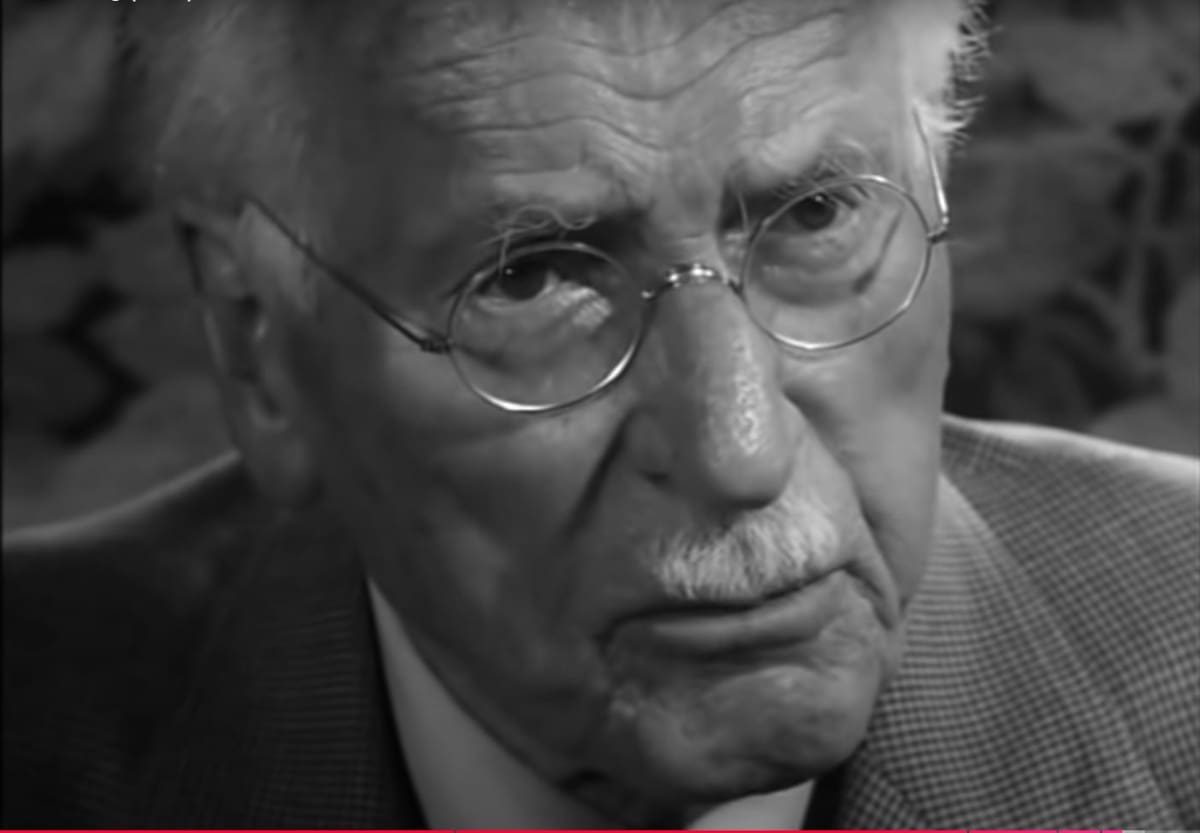Carl Jung’s use of the I Ching invites us to view this ancient text as more than an oracle—it’s a doorway into the subconscious, an opportunity to explore the synchronicities between our inner world and outer reality, and a guide to living with deeper self-awareness. It’s not magic—it’s psychology in action. And if you ask me, that’s where the real magic happens.
Carl Jung, the Swiss psychologist and thinker, had a profound relationship with the I Ching, and his use of it offers a unique insight into how we can engage with the subconscious mind. Jung didn’t see the I Ching as just some ancient fortune-telling device, nor did he approach it with a mindset of superstition or skepticism. For him, the I Ching was a tool—one that opened a window into the deeper layers of the psyche, allowing us to explore the subtle yet powerful forces shaping our lives.
The Mirror of the Subconscious
Jung’s fascination with the I Ching stemmed from his belief in synchronicity. Now, synchronicity is one of those fascinating concepts that, once you get your head around it, makes you see the world in a much more connected way. It’s the idea that events can be meaningfully related not by cause and effect, but by their symbolic connection to your internal life. That’s where the I Ching comes into play—Jung believed it could help reveal these symbolic connections, allowing you to engage in self-reflection and insight. It’s not about predicting your future; it’s about shining a light on your present by tapping into the subconscious.
When Jung used the I Ching, he wasn’t looking for answers about what would happen next in his life. Instead, he used it to uncover what was going on beneath the surface of his thoughts, feelings, and behaviors. He saw the hexagrams as archetypal symbols—much like those found in dreams or myths—each one reflecting different dynamic states of existence. These archetypes, in Jung’s view, represent universal patterns within our collective unconscious. In other words, the I Ching didn’t just reflect his own personal psyche but connected him to deeper, timeless patterns that resonate with all of us.
Randomness, or the Tao at Work?
The method for consulting the I Ching—whether it’s tossing coins or yarrow stalks—might seem random at first glance. But Jung saw this randomness as a reflection of the Tao, the natural order of things. There’s something about letting go of control and trusting the process that allows us to see things we might not otherwise notice. For Jung, that was the key: By surrendering to the randomness, we invite our subconscious mind to participate in the process. That’s where synchronicity comes in.
Jung believed that when we use the I Ching with sincerity and openness, the hexagrams that emerge are not coincidental—they are synchronistic. In other words, they are connected to the internal psychological state of the person asking the question. By interpreting the resulting hexagrams, we’re able to reflect on our inner thoughts and emotions, gaining insight into what’s driving us or holding us back.
A Tool for Growth, Not Fortune-Telling
Jung’s influence on how we approach the I Ching today is pretty profound. He brought it to a Western audience, particularly those of us who are introspective, spiritually curious, and always looking for deeper self-understanding. His approach encourages us to engage with the I Ching not as some fortune-telling gimmick but as a tool for personal growth.
If you’ve ever used the I Ching, you know that each reading can be like having a deep conversation with your subconscious. You ask a question, not really expecting a straightforward answer, but rather an invitation to reflect. The hexagrams that appear are like mirrors, showing you aspects of yourself that you might not be fully aware of, but are influencing your thoughts and actions. This is what Jung saw in the I Ching—a method for uncovering the hidden forces that shape our lives and guiding us on the path to individuation, or becoming who we truly are.
Applying Jung’s Insights Today
Whether you’re exploring the I Ching for the first time or have consulted it for years, Jung’s approach can add another layer to your practice. It’s not about asking, “What will happen?” but instead, “What is happening inside me right now?” Jung teaches us to look at the hexagrams not as future-tellers, but as reflections of our current psychological state and the energies at play in our lives.
As we engage with these reflections, we gain a deeper understanding of ourselves and, ultimately, move closer to living a more empowered and authentic life. Jung’s respect for the I Ching and his theory of synchronicity remind us that sometimes, what feels like randomness or coincidence is actually a meaningful connection waiting to be discovered—if only we’re open to seeing it.
In today’s fast-paced, often disconnected world, taking the time to consult the I Ching in the way Jung did can be a powerful practice. It’s not about predicting your future but understanding your present, and from that place of awareness, shaping your reality with intention.
